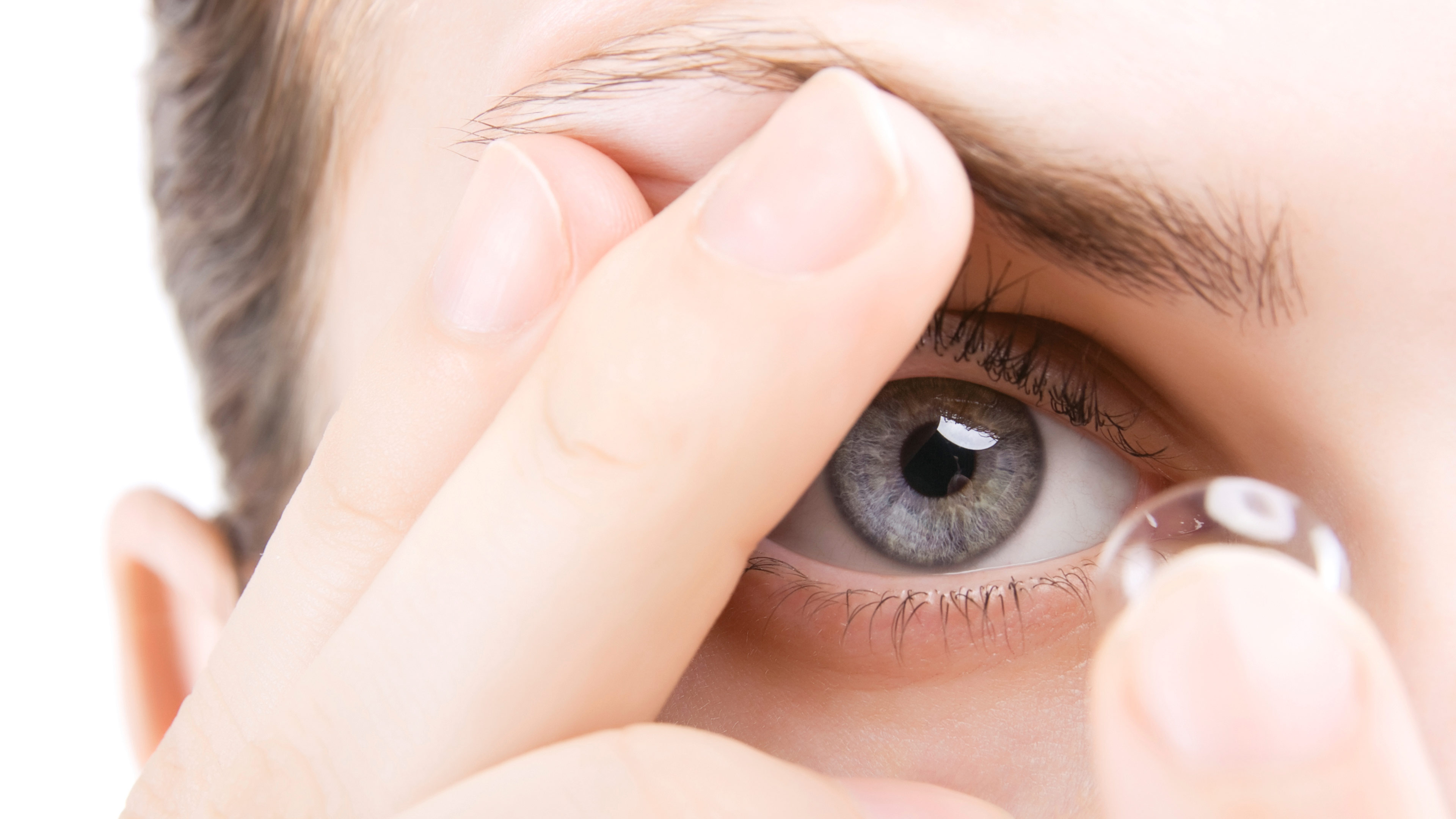Vision
Intraocular Lens Implants/Cataracts/Contact Lenses

Cataracts
A cataract is a clouding of the lens of the eye, sometimes associated with aging, certain medical conditions such as diabetes, smoking, high blood pressure, prolonged use of steroid medications, or long term exposure to sunlight. As the cataract matures, the amount of light passing through the lens decreases. Even when vision is corrected to 20/20, the other effects of cataracts can pose a significant risk to flight safety. Under daylight conditions, a slowly progressing cataract may not be too noticeable. Flying at night, though, could become a concern as vision compromise may be more significant and pose a higher risk to flight safety. As a cataract progresses, it can cause vision disturbances such as glare, halos, starbursts and loss of contrast sensitivity in dark or dusk conditions, making it difficult to land an aircraft. A thorough eye exam each year with your eye care professional is a good idea, especially as we get older, to identify potential eye pathology that could can be treated early to avoid more serious vision complications later in life.
After Treatment
After your ophthalmologist or optometrist has released you to resume normal activities, and when you can meet the appropriate visual acuity standards for the class of medical you hold, a Report of Eye Evaluation (FAA Form 8500-7) should be completed by your eye care specialist. Take the completed evaluation to your aviation medical examiner at the time of your next FAA physical examination. Provided there has been a full recovery without complications, and you can meet the visual acuity standards for the class of medical applied for, the medical examiner may issue a medical certificate at the time of examination.
Single Vision Intraocular Lenses
Following implantation of Single Vision Intraocular Lenses, there is no additional recovery time once you meet the FAA vision standards for your class of medical certification and there are no complications. At the time of your next medical renewal, you will need to provide your aviation medical examiner with a completed FAA report of eye evaluation confirming stable visual acuity.
Multifocal or Accommodating Intraocular Lenses
The FAA allows the use of Food and Drug Administration (FDA)-approved multifocal and accommodating intraocular lens (IOL) implants for all classes of medical certification. Your AME may issue your medical certificate to you at the time of your FAA physical examination provided you meet the following requirements:
Your lens implant must have been done at least three months prior to the FAA physical examination.
You will need to provide a current FAA report of eye evaluation showing stable visual acuity and refractive error, absence of significant side effects, including glare, flares, or other visual phenomena that could affect visual performance and impact aviation safety. Also, the report should note any medications being used, and side effects, if any.
You must be able to meet the vision standards for the class of medical certificate applied for.
See also: FAA Eye Evaluation Form 8500-7
Single Vision (Distance Only) Contact Lenses
You may resume flying privileges while wearing distance vision contact lenses, when you can meet FAA vision standards for your class of medical certification and have no complications. Color-tinted contact lenses or lenses that significantly reduce transmitted light are not acceptable for aviation purposes.
Bifocal/Multifocal Contact Lenses
You must have worn the contact lenses for at least one month to allow for adaptation.
You will need to provide a current FAA report of eye evaluation showing stable visual acuity and no significant side effects.
You must be able to meet the vision standards for the class of medical certificate applied for.
How/Where to Submit to the FAA
Helps you find the contact information for submitting your medical records.
Updated January 2017